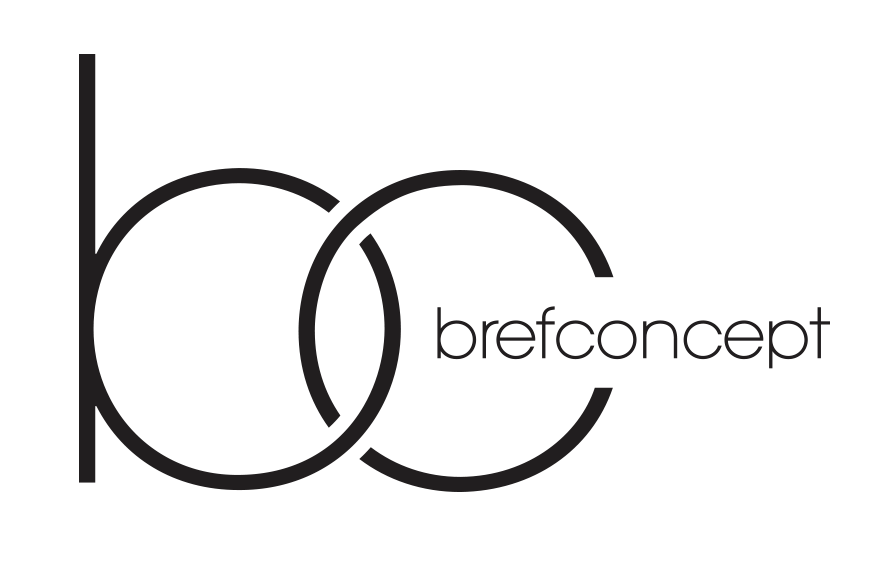Free Download 2025 Design Space Projects for Creative Professionals
In the ever-evolving digital landscape, access to high-quality assets can transform your workflow. Whether you’re crafting branding materials, social media visuals, or print layouts, premium resources eliminate guesswork and accelerate production. This year, a surge of innovative templates has emerged, tailored for modern aesthetics and functionality.
Curated collections now feature adaptable layouts for logos, posters, and UI mockups, optimized for both beginners and professionals. Formats include SVG, AI, and PSD, ensuring compatibility with major editing tools. Industry leaders emphasize modularity–each element is editable, allowing seamless customization without compromising quality.
For efficiency, prioritize bundles with layered files and typography presets. Recent trends highlight minimalist geometric patterns, bold gradients, and variable fonts. Below, explore handpicked selections that align with current demands, all available without restrictions.
Top Platforms for Creative Resources: A Detailed Comparison
Key Features and Limitations
Behance offers a vast library of user-submitted assets, with advanced filters for file types (AI, PSD, SVG). However, premium content requires a subscription. Dribbble focuses on high-quality UI/UX mockups, but lacks bulk download options. Figma Community provides real-time collaborative templates, though customization is limited without a Pro plan.
Performance and Accessibility
Gumroad delivers fast load times (avg. 1.2s/page) and supports one-click exports, but has fewer niche categories. Creative Market boasts 500K+ items with lifetime licenses, yet search algorithms prioritize paid listings. Canva’s drag-and-drop editor works offline, but vector file exports are restricted to Enterprise users.
File Formats Explained
Choosing the right format ensures compatibility, quality, and efficiency. Below are key options for digital assets, categorized by purpose.
Raster Graphics
PNG – Lossless compression, supports transparency (8/24-bit). Ideal for web icons, logos, and illustrations with sharp edges. Avoid for high-resolution prints.
JPEG – Lossy compression (adjustable quality 0-100). Best for photographs but degrades with repeated saves. No transparency support.
WebP – 30% smaller than PNG/JPEG with similar quality. Supports animation and transparency. Limited software compatibility.
Vector Graphics
SVG – XML-based, scalable without quality loss. Perfect for responsive web elements and laser cutting paths. Editable in code editors.
EPS – Legacy format for print workflows. Compatible with Adobe Illustrator but lacks modern features like gradient meshes.
PDF – Preserves layers, fonts, and vector/raster mixes. Standard for print-ready documents. Use PDF/X-4 for CMYK offset printing.
Tip: For 3D assets, OBJ (universal) and GLTF (web-optimized) are preferred. Always check software requirements before finalizing.
License Terms Guide
Understanding licensing is crucial when acquiring digital assets. Below are key details to ensure compliance and avoid legal pitfalls.
Types of Licenses
Personal Use License: Permits non-commercial applications, such as individual portfolios or educational materials. Modification is allowed, but redistribution is prohibited.
Commercial License: Grants rights for monetized ventures, including advertisements, merchandise, or client deliverables. Requires attribution unless specified otherwise.
Extended License: Covers large-scale production (e.g., print runs exceeding 500K units). Resale as standalone files remains restricted.
Critical Restrictions
Check for clauses on: derivative creations, transferability, and exclusivity. Some licenses forbid use in logos, trademarks, or on-demand platforms.
Always verify if the license is perpetual or time-bound. For collaborative ventures, multi-seat options may be necessary.
How to Obtain Digital Assets Without Hassle
Follow these steps to acquire visual resources efficiently:
| Step | Action | Tool/Platform |
|---|---|---|
| 1 | Identify required graphical elements using metadata filters | Behance, Dribbble, or specialized repositories |
| 2 | Verify licensing terms (CC0, MIT, or proprietary) | Creative Commons Search, GitHub |
| 3 | Select preferred file format (SVG, EPS, or AI for vectors; PNG/JPG for raster) | Platform-dependent selection menus |
| 4 | Initiate transfer via direct link or API integration | Browser-based interfaces or wget commands |
| 5 | Organize files using version control (e.g., Git LFS) or cloud storage | GitHub Desktop, Google Drive API |
Critical notes:
- Always check last modification dates – prefer resources updated within 12 months
- For batch acquisitions, use platform-specific bulk selection tools (Ctrl+Click or Shift+Select)
- Monitor transfer speeds – switch to CLI tools if browser performance degrades
Top Tools for Modifying Visual Content
Selecting the right application for altering digital visuals depends on workflow, skill level, and output requirements. Below are tested solutions for different needs:
- Adobe Photoshop – Industry standard for raster editing, supports AI-powered masking and neural filters.
- Affinity Photo – One-time purchase alternative with live mesh warping and 360° image support.
- GIMP – Open-source option with customizable brushes and Python scripting.
For vector adjustments:
- CorelDRAW – Handles multi-page layouts with built-in collaboration tools.
- Inkscape – SVG-focused with path simplification and bitmap tracing.
Specialized tools:
- Capture One – Tethered shooting and color grading for photographers.
- DaVinci Resolve – Combines non-linear editing with node-based compositing.
Community Sharing Tips
Engaging with creative communities can boost your workflow and inspire fresh ideas. Below are actionable strategies to maximize collaboration.
Optimize File Sharing
Use platforms like Figma Community or Behance for seamless asset exchange. Always include:
- Layered source files (PSD, AI, or XD)
- Readme.txt with licensing details
- Hex codes and font names for reproducibility
Enhance Feedback Loops
When posting work, specify the type of critique needed–e.g., « Focus on typography hierarchy. » Tools like Miro allow real-time annotations. For time-sensitive reviews, schedule 48-hour feedback windows via Discord polls.
Track contributions using Notion templates. Example metrics: collaborators per month, avg. response time, most active discussion threads.
